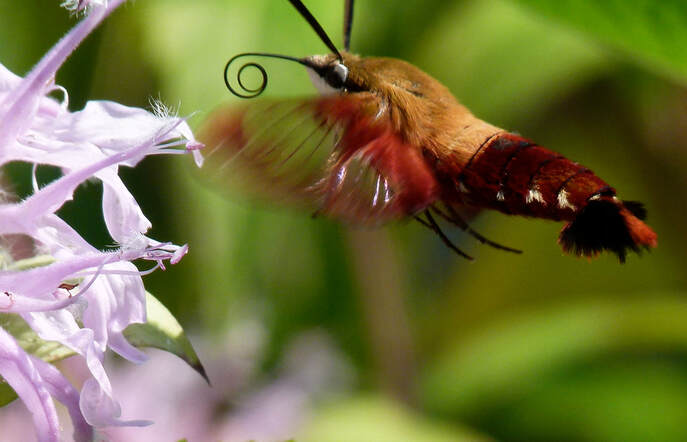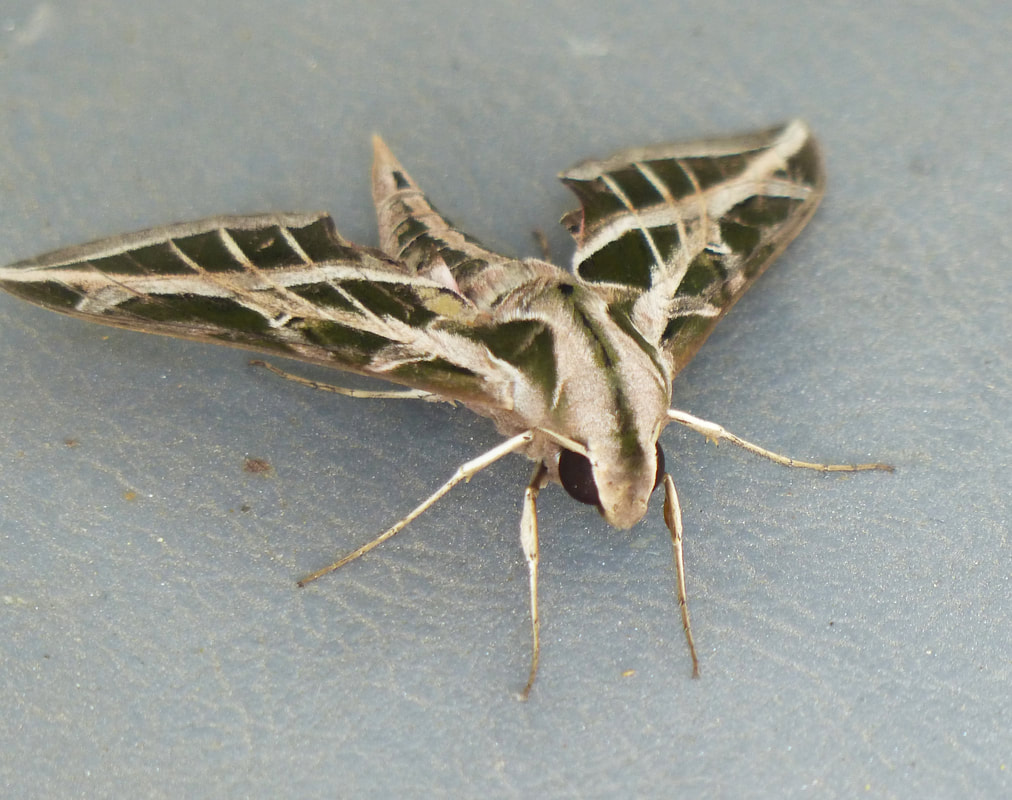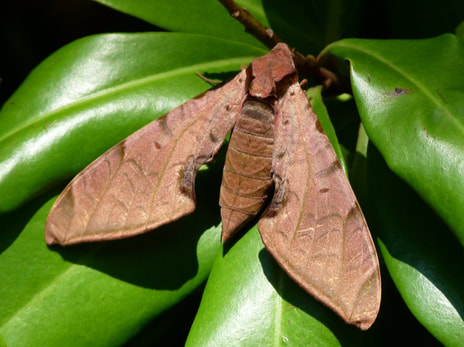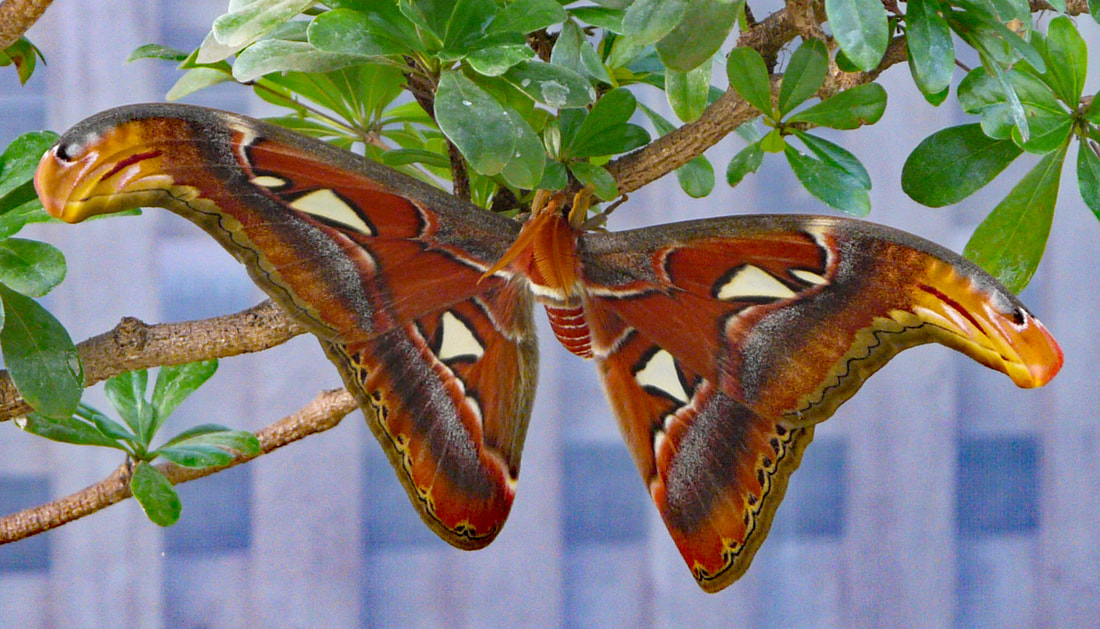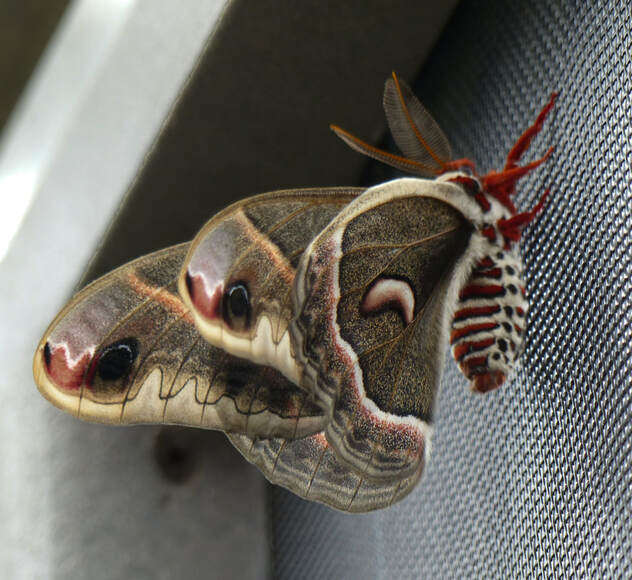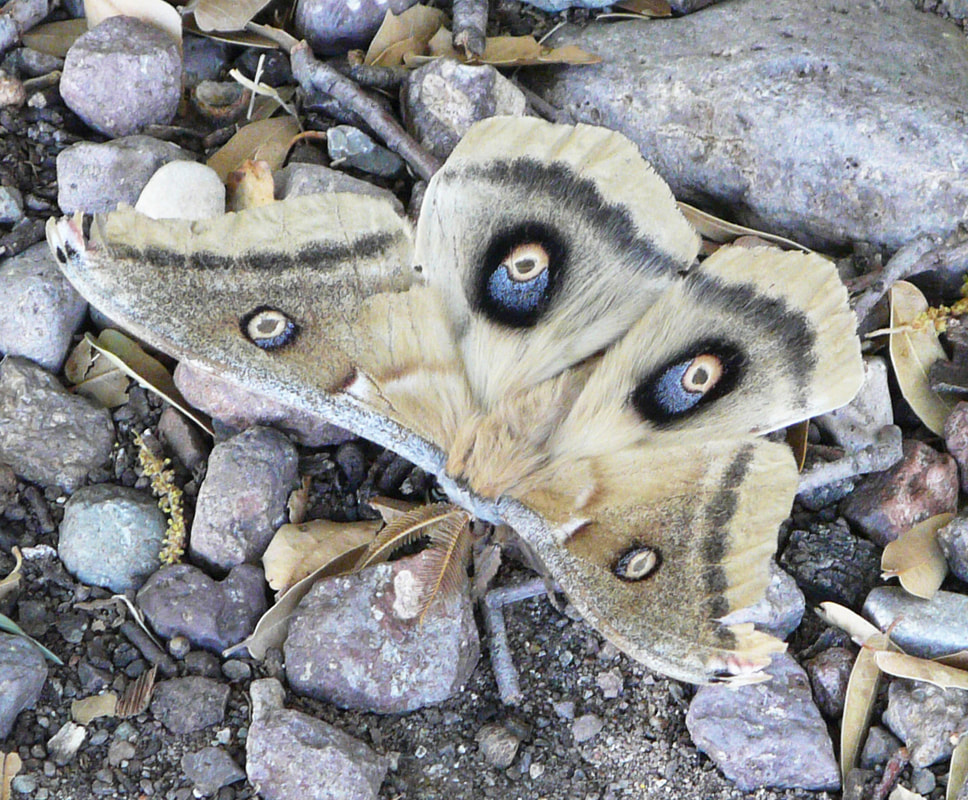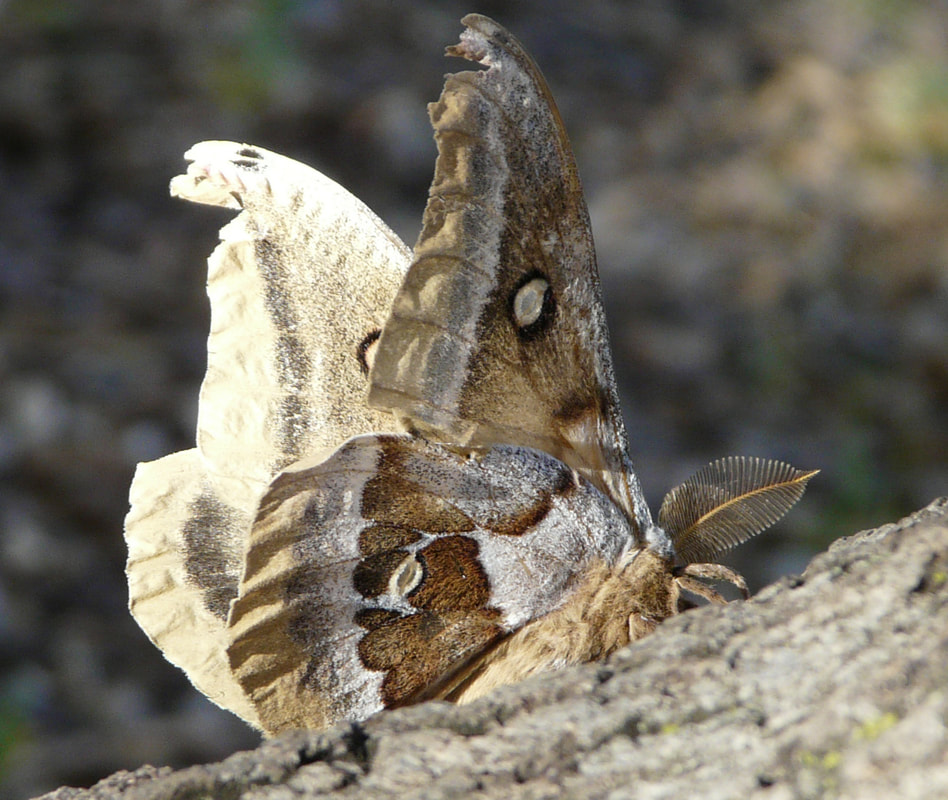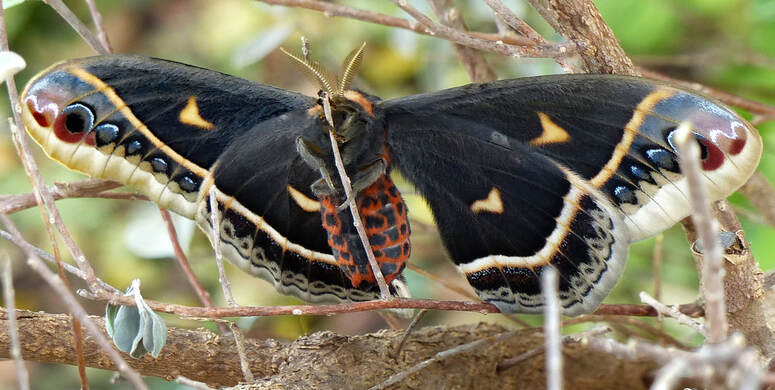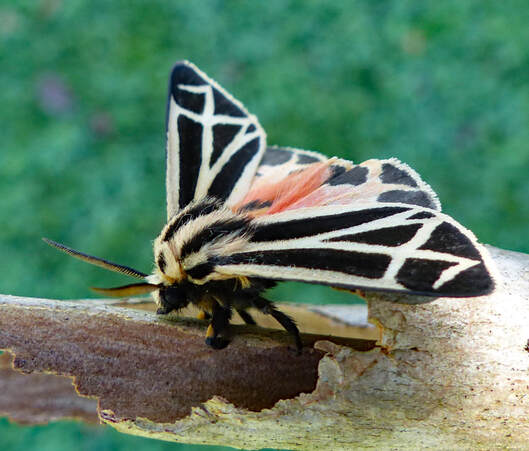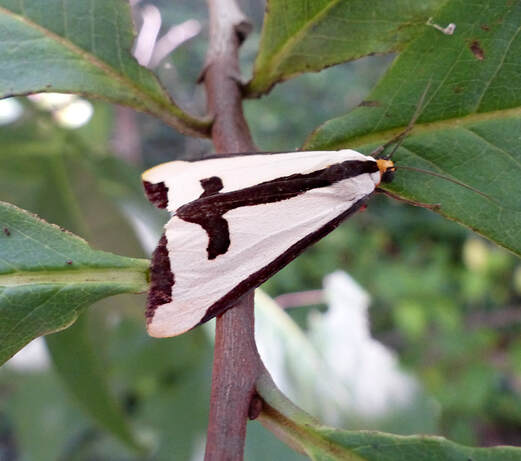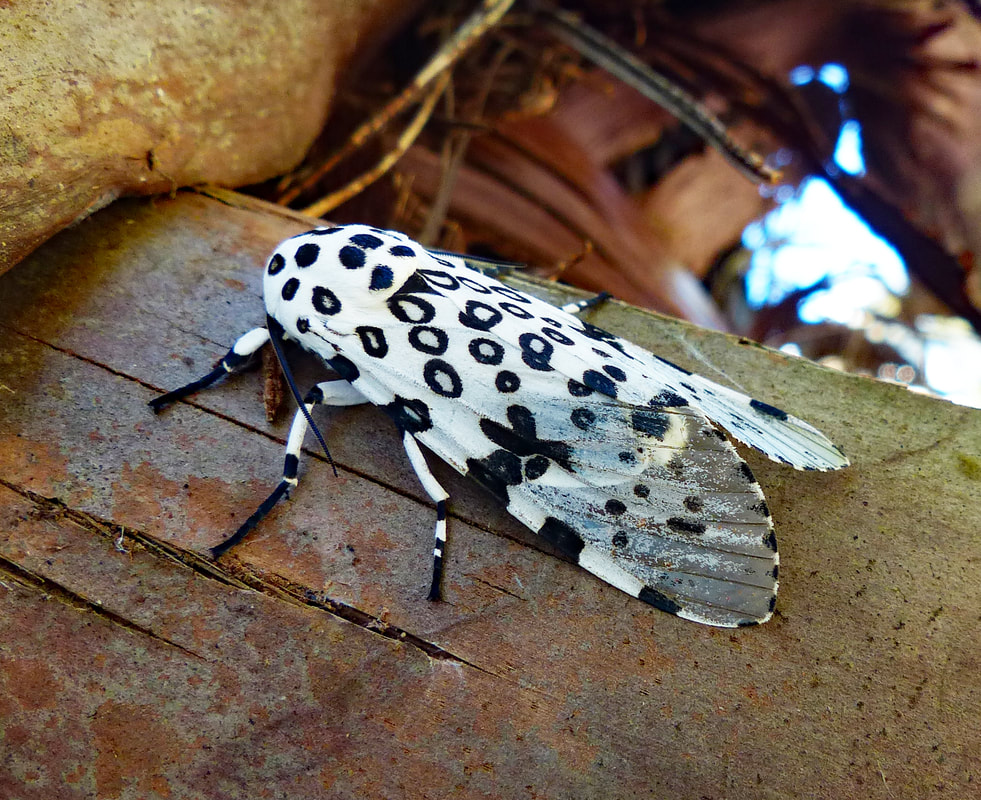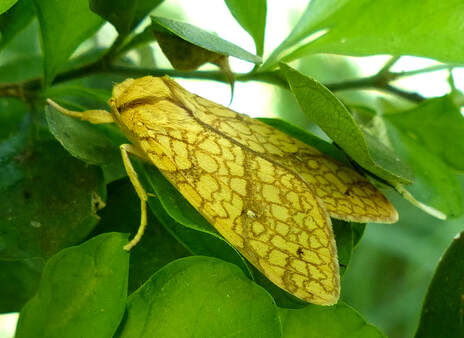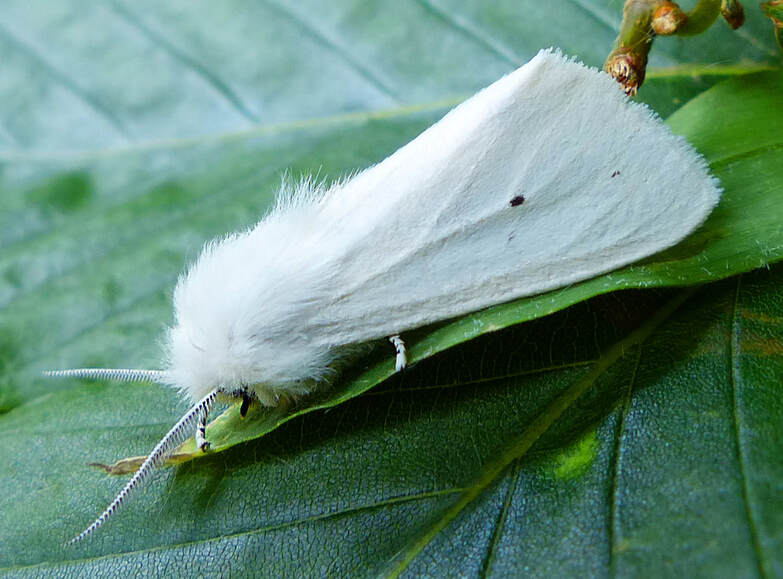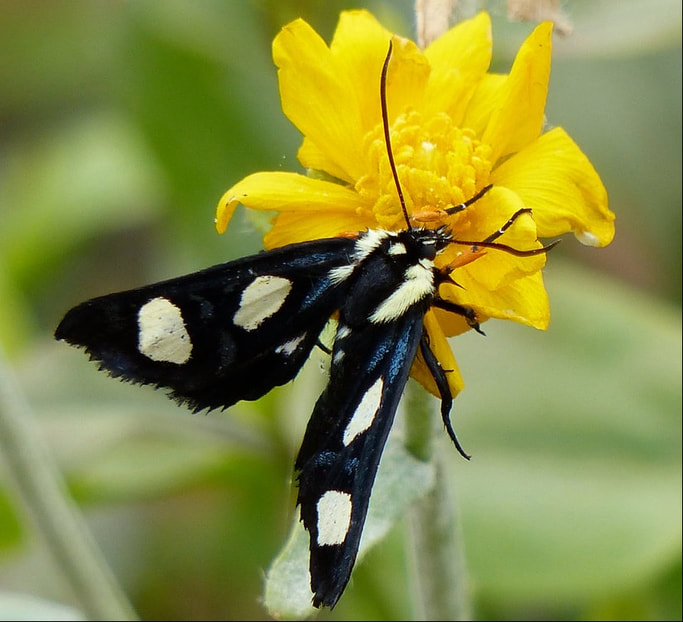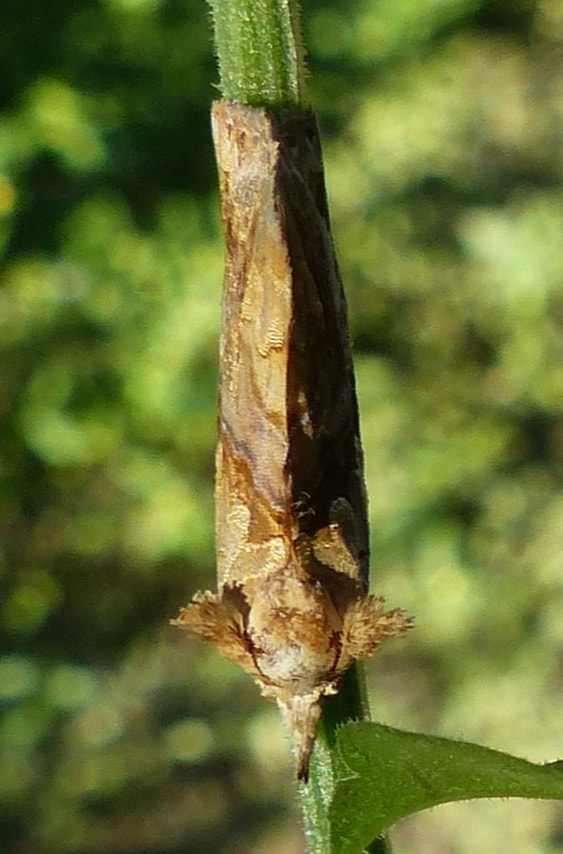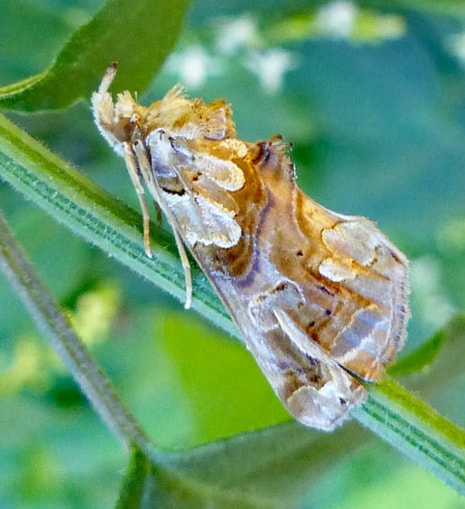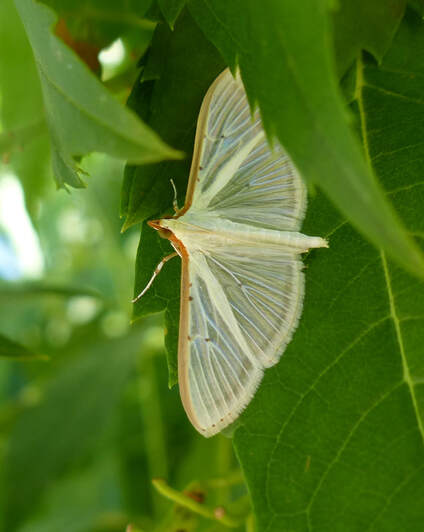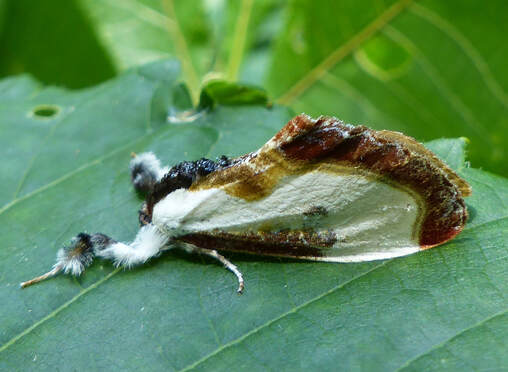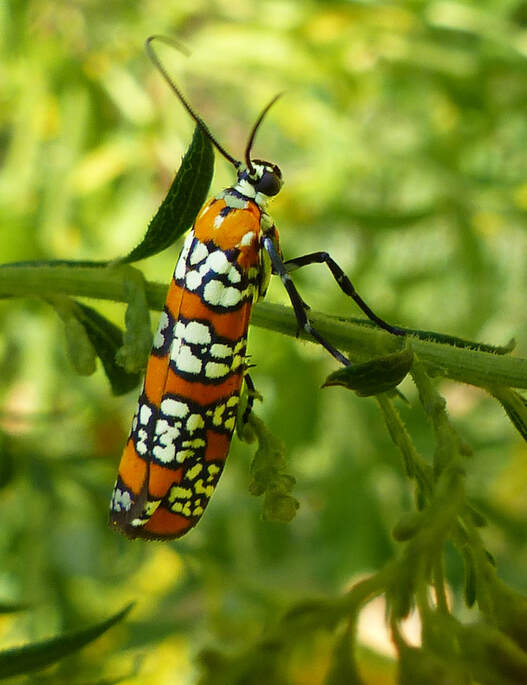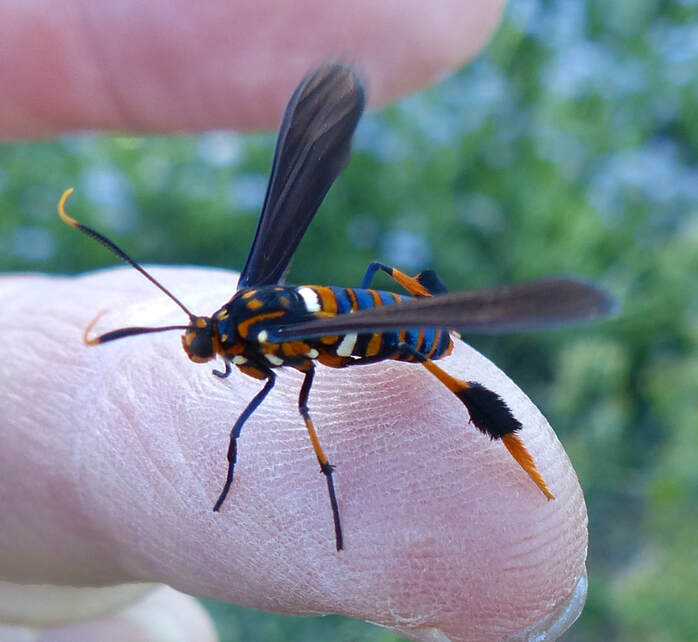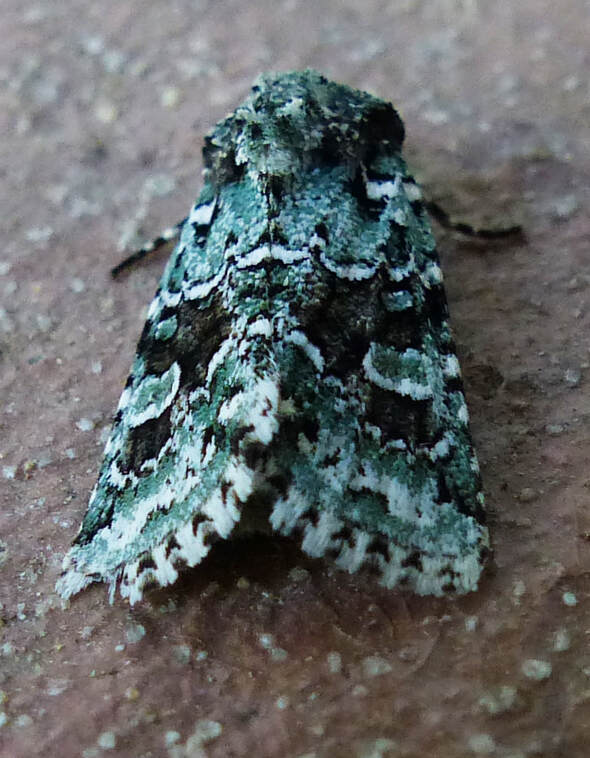MOTHS
When you think of moths, you may think, DULL, DULL, DULL. But, that is so often not true. While many moths are dull and drab, many are truly spectacular. The ones I have chosen here are gorgeous (a new scientific term!). They have intricate patterns, interesting shapes, a multitude of colors – beautiful! And, except for one exception -- the Atlas Moth from Asia -- these moths are all found in the United States.
Here’s a bit of information about moths:
Moths are members of the Lepidoptera order which also includes butterflies. There are about 160,00 moth species (only 20,000 butterfly species). You can usually tell them apart from butterflies because most moths are nocturnal (fly at night), have thicker, hairier bodies, don’t have a club at the end of their antennae, and rest with their wings spread. You will notice that males have very feathery antennae. These antennae can detect the pheromones (sex hormones) that female moths emit to attract males to mate. A male can detect one molecule of a pheromone from miles away.
When you think of moths, you may think, DULL, DULL, DULL. But, that is so often not true. While many moths are dull and drab, many are truly spectacular. The ones I have chosen here are gorgeous (a new scientific term!). They have intricate patterns, interesting shapes, a multitude of colors – beautiful! And, except for one exception -- the Atlas Moth from Asia -- these moths are all found in the United States.
Here’s a bit of information about moths:
Moths are members of the Lepidoptera order which also includes butterflies. There are about 160,00 moth species (only 20,000 butterfly species). You can usually tell them apart from butterflies because most moths are nocturnal (fly at night), have thicker, hairier bodies, don’t have a club at the end of their antennae, and rest with their wings spread. You will notice that males have very feathery antennae. These antennae can detect the pheromones (sex hormones) that female moths emit to attract males to mate. A male can detect one molecule of a pheromone from miles away.
SPHINX MOTHS
Hummingbird Clearwings (see photo above) hover over flowers sipping nectar exactly like hummingbirds. In fact, you can easily be fooled into thinking you are seeing a hummingbird and not an insect.
Hummingbird Clearwings (see photo above) hover over flowers sipping nectar exactly like hummingbirds. In fact, you can easily be fooled into thinking you are seeing a hummingbird and not an insect.
GIANT SILK MOTHS
The following 5 moths are Giant Silk Moths. They spin cocoons of silk which are unraveled and the strands are spun into fabric. Raising silk worms to produce silk has been practiced for centuries. Archaeological evidence suggests that the Chinese were producing silk as early as 3500 BCE. Adults (moths) lack mouth parts so they cannot eat. They live only a few weeks with the sole purpose of finding a mate, mating, and, for the female, to lay eggs.
This Atlas Moth, Attacus atlas, is the only exotic moth I have included. I photographed it in Maryland -- in the Flights of Fancy Butterfly Exhibit at Brookside Gardens, but normally they are found in Asia. With a wingspan of up to 12 inches, it is one of the largest moths in the world.
TIGER MOTHS
The Following 5 moths are all Tiger Moths (even the Leopard Moth!) Although some are striped like tigers, their subfamily name (Arctiinae) is probably derived from Greek arctos which means bear. Bear is because the caterpillars are hairy and called wooley bears.
OTHER MOTHS
